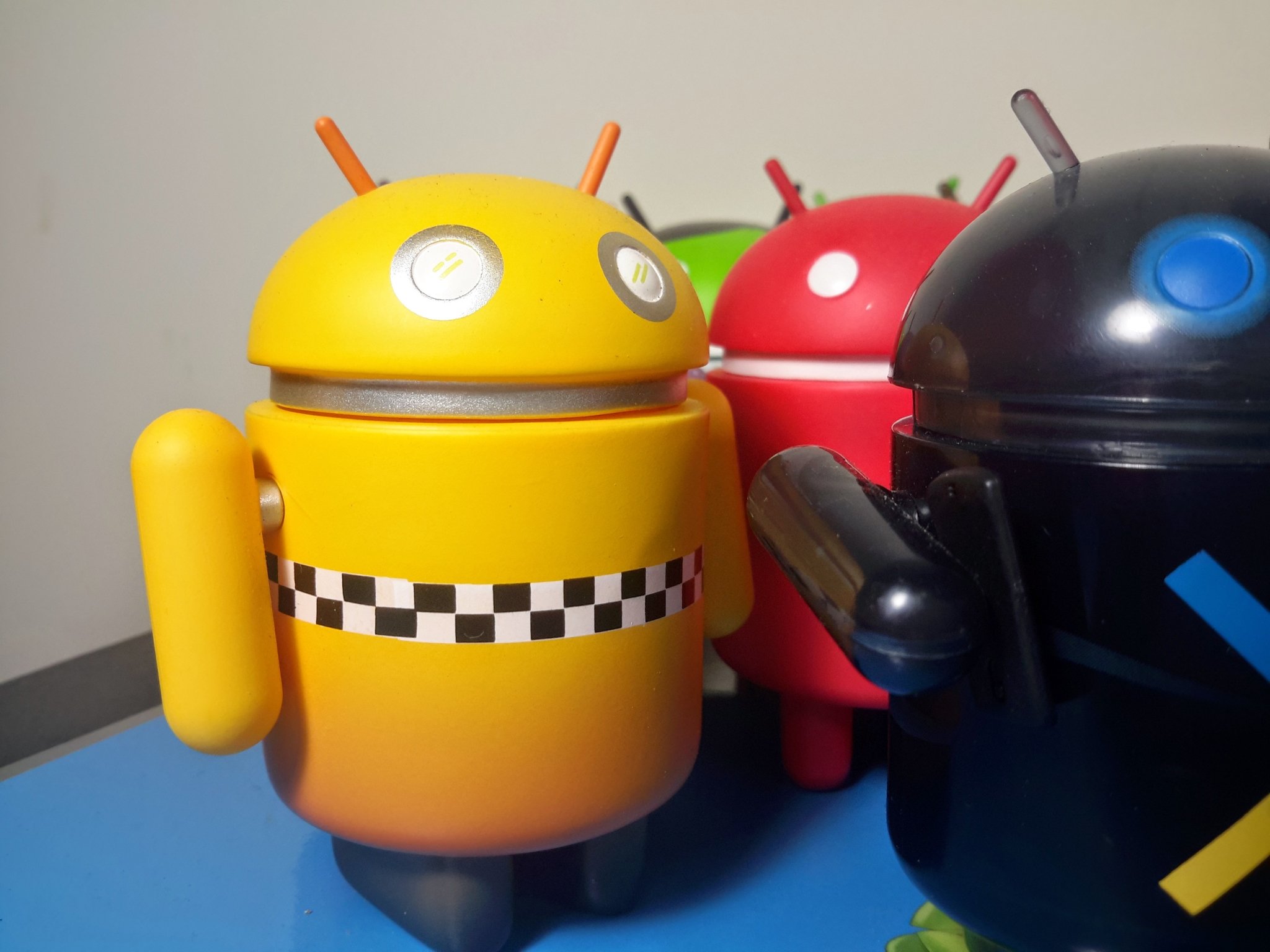Get ready, because little digital helpers are going to be in a lot of the things you buy next year.
You know what I want? I want a microwave oven that has Wi-Fi, a really good speaker, a small touchscreen and Google Assistant. I can make my Hot Pockets while listening to some music, and even tell my little digital buddy to add Pizza Rolls to the shopping list or to turn the heat up a little bit because my feet are cold. And I think I'm going to have the chance to buy it this holiday season because new chips from Qualcomm and changes to Android Things will make it easy to put Assistant in everything.
Cheap specialty hardware and free software makes it silly to not put a voice assistant in your next product.
That's what it takes to make it happen. Everyone is talking about Lenovo's Smart Display Google Assistant video thing-a-ma-jig they demoed at CES, but it's the tech you can't see that makes it happen. You need the right microprocessor(s) with support for the right things and an operating system that can power it all without adding too much overhead. That's what Qualcomm and other chipmakers like NXP, Intel or Broadcom and Google have quietly been doing.
Enter the Low Power Bluetooth SoC QCC5100 from Qualcomm. As you can tell from the name (who named it anyway?), it provides Bluetooth support and doesn't use a lot of power. Two very important things for any modern electronic device. What the name doesn't tell you is that it also has baked-in support for voice assistant services, Qualcomm TrueWireless Stereo, aptX HD audio, and integrated hybrid/active noise cancellation. This chip was designed just for headphones that use Google Assistant or Amazon's Alexa service. Other chips in development or already for sale offer similar support for specialty products.
On the Google side, new APIs for Android Things make it easy to make a cool thing with the next generation of chips. Android Things is an operating system for small connected devices that runs fast and lean. It's also easy to develop applications for because you use the same tools and methods that you would if you were building an app for an Android phone. And like Android "proper", it's free for the taking, and if you follow Google or Amazon's guidelines on what the OS can do and what features it will support when you build it, you also get Google Assistant or Alexa for free.
Not every company is as ambitious as Samsung and wants to build their own infrastructure and service backends for a voice assistant. What companies like Qualcomm and Google are offering is a turn-key solution to building a product that people will buy. This allows a company like Lenovo to build out a Smart Display. Or a company like Nest (an Alphabet holding) to put Google Assistant in the next generation of smart thermostats. Or Xiaomi to put Assistant in a television, or Kenwood to put it in your car's dashboard.
 The closest any of us here has ever been to a Maserati.
The closest any of us here has ever been to a Maserati.
It's important to remember that these aren't Google products. They are made by the companies selling them using off-the-shelf parts and a purpose-built operating system that they get for free. Companies can add a new feature to a product without much extra cost to the bill of materials in the hopes that it will be a hit and they will sell millions of them. Everyone makes money — Qualcomm sells their specialty hardware, Google gets more data for their giant advertising machine in the sky, and companies like LG and Pioneer get to keep the profit from the things they sell. It's sort of like that Perfect Storm scenario from the movie, but with less rain and death (hopefully).
My prediction is that once you can add Assistant or Alexa to a product without spending a lot to develop it, companies are going to do it to everything. From a toothbrush that works with Google Health and Google Fit to a doorbell that reminds you to take an umbrella along as you leave the house, these products are coming. The question is, are we ready for them?

0 Response to "You Can See More: Google and Qualcomm are poised to put assistants in all the things"
Post a Comment